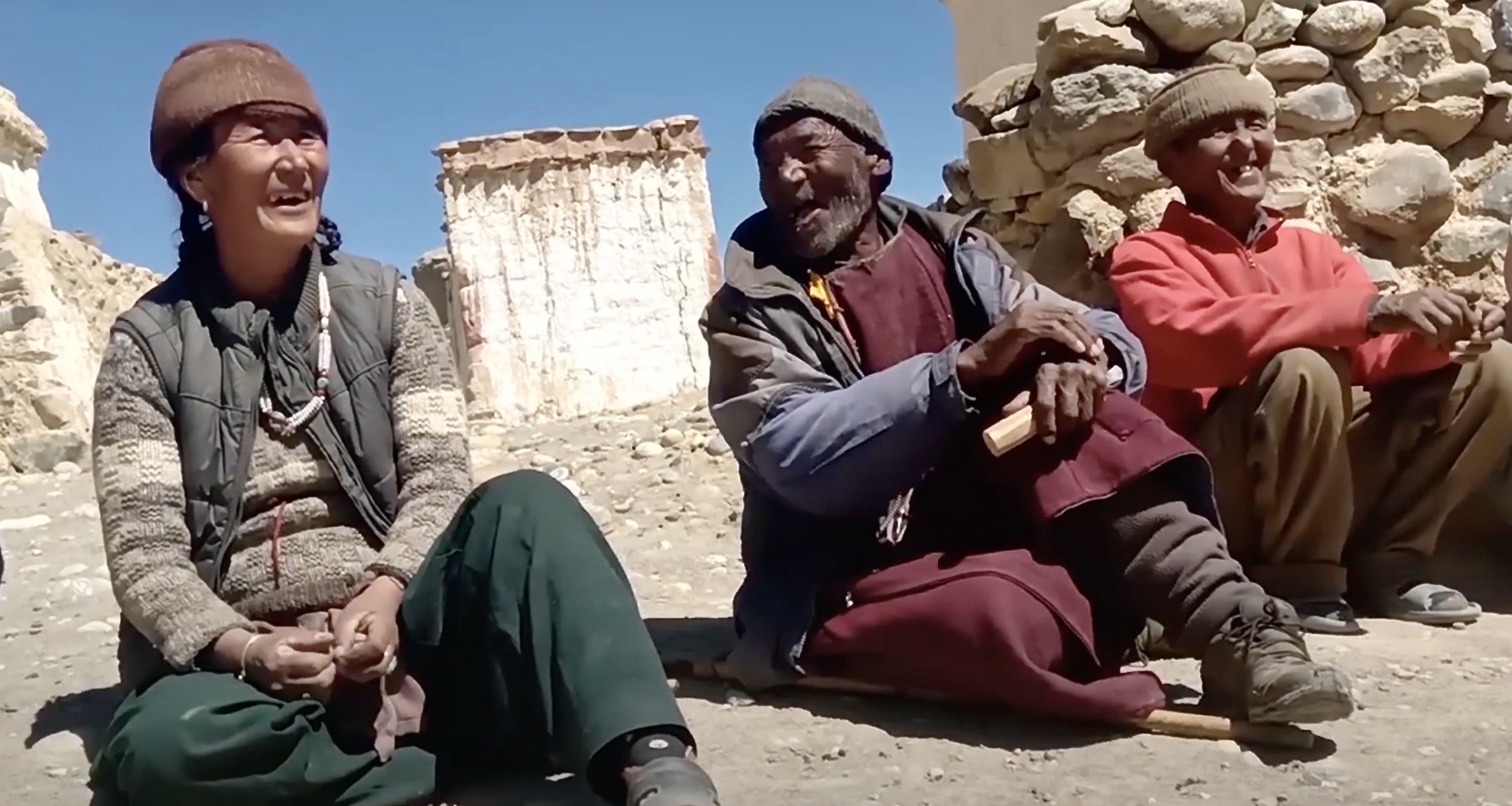
Zanskar Water Initiative
By 2027, all villages in the Zanskar River Valley will have access to sustainable water for agriculture, drinking, and household use.
Melting glaciers are creating a water crisis.
Located deep in the Himalayas in India's Zanskar Valley, at 3,600 meters it is one of the highest places on earth inhabited by humans. It is an alpine desert, with some regions getting as little as eight centimeters of precipitation per year. Zanskaris have resourcefully adapted to these harsh conditions for over a thousand years, developing elaborate water systems to manage this scarce resource.
However, climate change is now impacting their way of life and their future in the region. Temperatures have increased twice as fast in the Himalayas as the global average and are beginning to cause rapid melting of glaciers. For communities that rely solely on glacial melt to irrigate their crops, this has been devastating. Many have experienced widespread crop failure and death of much of their livestock.

Solutions
We have been working with communities in Zanskar for over a decade to address the worsening water shortages. This has included building artificial glaciers, ice stupas, and irrigation canals.
Last year, our local partner, Lobzang Wangtak and his nonprofit trust, Navikarana, piloted a new solar lifting approach. Using a solar-powered water pump, they lifted water over one kilometer from the Zanskar River to Pishu Village. The water crisis had become so severe in Pishu that they were on the verge of abandoning their village. The successful project helped Pishu avert this disaster.

Our Plan
Over the next three years, we are going to scale the solar-water pump solution throughout Zanskar. With Lobzang’s help, we have identified 12 villages experiencing severe water shortages. Without interventions, they will be forced to abandon their villages, many of which have existed for centuries.
The Zanskar River can be a sustainable source of water for these 12 villages. Originating deep in the mountains, it is fed by more abundant and larger glaciers than those that exist in the Zanskar valley. Even with climate change, water will continue to flow in the Zanskar River well beyond this century.

To accomplish our plan, we need your support!
Zanskar, India
TEst TEst TEes
